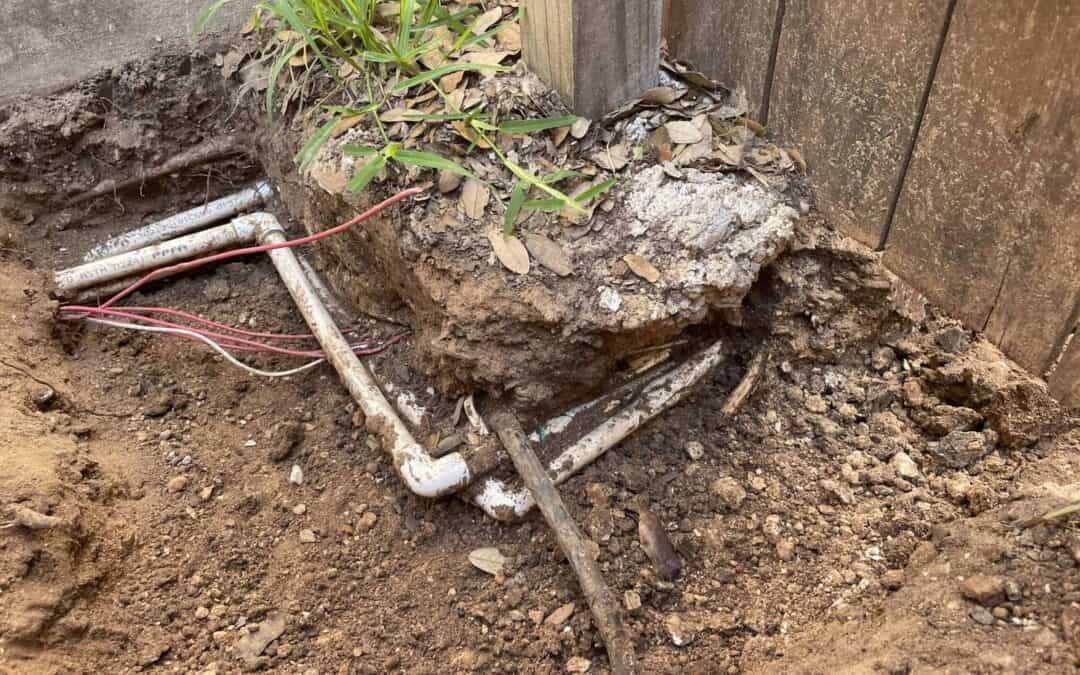Irrigation systems are pivotal in maintaining lush landscapes, green lawns, and thriving crops. However, these systems are not immune to issues, and leaks are common. Leak detection and irrigation repair are crucial for preventing water wastage and maintaining the system's efficiency. Let’s discuss, learn, and share.
Detecting and Fixing Leaks in Irrigation Lines
Leak detection is a fundamental aspect of irrigation repair and maintenance. Even minor leaks can result in significant water loss and increased utility bills. Promptly detecting leaks and repairing irrigation systems conserves water and ensures that plants receive the necessary irrigation without overwatering. Here are some key steps for timely irrigation repairs:
Here are some key steps for timely irrigation repairs:
- System Inspection Begin by visually inspecting the entire irrigation system. Look for pooling water, overly saturated areas, or signs of water damage around pipes and missing valves. These visual cues can often lead to the source of the leak and define your next steps.
- Pressure Testing Conducting a pressure test helps identify leaks that may not be immediately visible. By pressurizing the system and monitoring pressure drops, you can pinpoint the location of leaks. Pressure testing is particularly effective for finding underground issues but requires professional irrigation services for safety and efficiency.
- Leak Detection Tools Experts use advanced leak detection tools such as acoustic sensors and infrared technology. Their acoustic sensors can detect the sound of water escaping from pipes, even underground. Infrared technology identifies temperature variations caused by water escaping from the irrigation system. Discuss the options with your team.
- Repair Techniques Employ appropriate repair techniques next. This may involve replacing damaged pipes, fixing faulty connections, or using leak repair clamps. The choice of repair method depends on the severity and location of the leak.
- Preventive Measures Implement preventive measures to minimize the likelihood of future leaks. Regularly check and maintain the irrigation system, inspecting for wear and tear on pipes, valves, and fittings. Timely replacement of aging components can prevent leaks from developing.
Modernizing Old Systems to Minimize Irrigation Repair
Older irrigation systems may lack modern counterparts' efficiency and smart features, requiring more frequent repairs. Modernizing these systems enhances their performance and helps Austin homeowners conserve water. Upgrade traditional irrigation timers to smart controllers. These controllers automatically adjust watering schedules automatically using weather data and soil moisture information. Smart controllers prevent overwatering and ensure irrigation is tailored to plants' needs. Then, convert traditional sprinkler systems to drip irrigation for more targeted and efficient watering. Drip systems deliver water directly to the root zones of plants, minimizing water evaporation and runoff. This approach is especially beneficial for gardens and landscapes with diverse plantings. Implement zoning in the irrigation system to account for different water requirements of various plant types. This allows for precise control over watering schedules and durations, optimizing water use based on each zone's specific needs. Finally, integrate soil moisture sensors into the irrigation system. These sensors measure the moisture content in the soil and provide real-time data to the controller. With this information, the system can adjust watering levels to maintain optimal soil moisture and avoid overwatering and underwatering. TIP: Modern irrigation pump technologies consume less energy while maintaining adequate water pressure.

